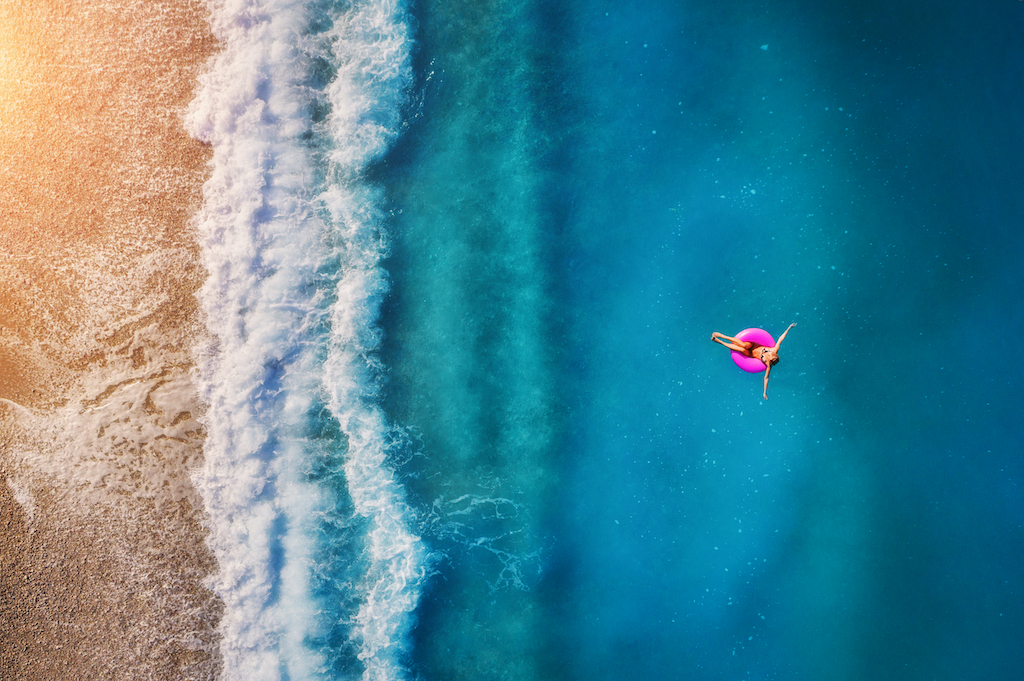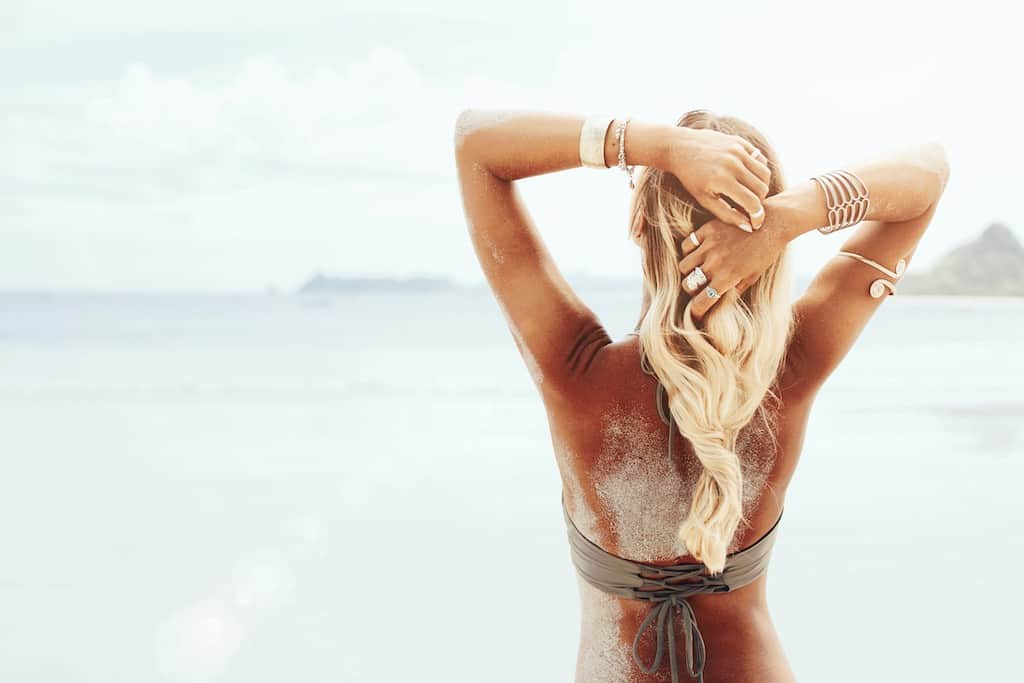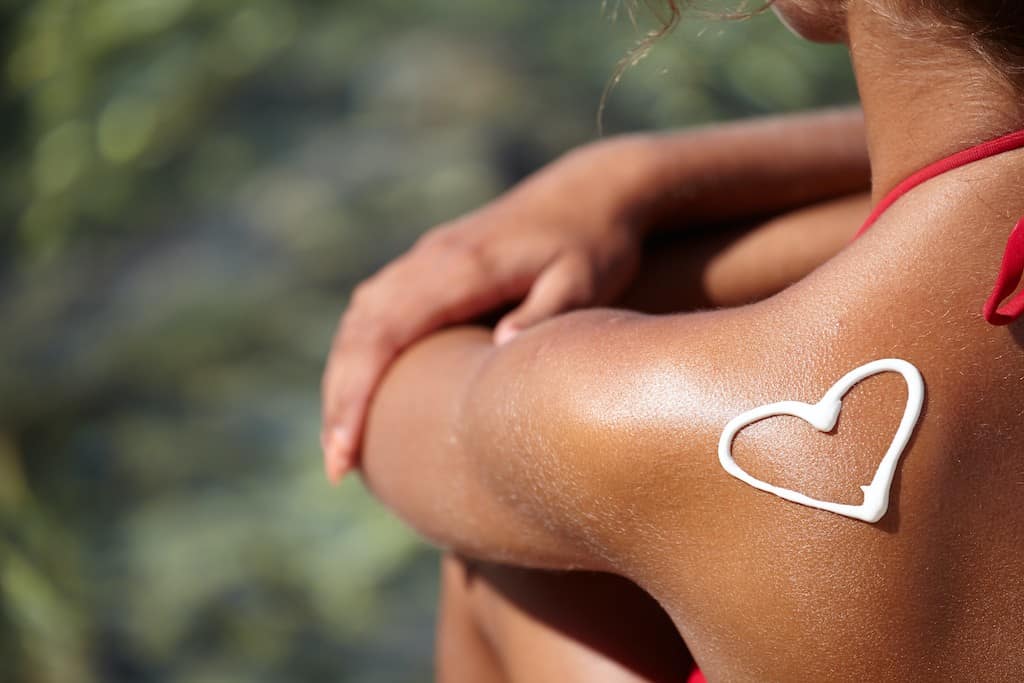If you haven’t already noticed or you’ve yet to visit during Costa Rica’s winter, which is between December and April, the sun is incredibly intense. This time of the year is noted for its consistently clear blue skies, offshore winds, and blazing sunshine. Between the weather being highly predictable, unlike other in months, and Christmas, New Year’s Eve, and Easter, this is a very popular time to visit Costa Rica. Hence why it is also known as High Season.
There are few things worse during a beach vacation than to score a severe sunburn. If the proper precautions aren’t taken, this is a real possibility, especially if you have light or sensitive skin.
But, fear not! Avoiding a severe sunburn during Costa Rica’s dry season isn’t all that difficult. All you have to do is follow the following tips.
Regularly reapply sunscreen
First and foremost, you should only be using sunscreen that contains ONLY zinc oxide and titanium oxide. Any other active ingredients are highly detrimental to the ocean environment, especially the coral reefs.
APOTECA SIMPLE is a local Playa Grande brand that makes and sells amazing and highly effective all-natural mineral sunscreen if you forgot to bring some from home or realize the sunscreen you brought is actually toxic.
It is important to reapply sunscreen at least every two hours and right after swimming once your skin has dried off. Being diligent about this will save you from suffering later!

Wear a sun shirt and hat
An easy way to protect your skin and save you from having to put on so much sunscreen is to wear a lightweight and fast-drying sun shirt or rash guard when you are at the beach or in the sea. Wearing a hat is never a bad call either. Frijoles Locos, the local surf shop up the road from la posada RipJack, has a lot of rash guard and hat options if you didn’t pack any.
Seek or make shade
As you will see, there is not a whole lot of shade on the beach in Playa Grande, and often the wind is a bit too strong for an umbrella (also, staking an umbrella deep into the sand is potentially dangerous if there are leatherback sea turtle eggs buried). There is a cluster of palm trees halfway down the beach to the north, as well as some shade spots at the end of the beach near the big rock.
There are a lot of innovative shade tents and canopies on the market though that are also easy to pack. You can find some of these on Amazon if you want to plan and bring something down with you. You’ll definitely last longer at the beach, and your skin will thank you if you can make some shade.
Avoid peak sun intensity hours
According to the American Skin Association between 10 AM and 4 PM, the sun is at its peak intensity. You will undoubtedly feel this in Guanacaste. If you don’t have a source of shade on the beach, it is best to limit or avoid roasting in direct sunlight during these hours.
The heat of the day is a perfect time to take a nap, read in a hammock, take a tour that doesn’t involve the beach, attend a yoga class, or enjoy a long lunch at a shaded restaurant.

Don’t try to get tan
Even if you wear sunscreen, a shirt, a hat, and spend some time in the shade, you will still get sun on your skin. If you try and get a tan, you will likely burn. Just being outside, on the beach, in the ocean, or doing any of the other amazing activities available in Costa Rica, you will return home tanner than you came.
Embrace sunrise and sunset
Sunrise and sunset are genuinely glorious times of the day to be on the beach in Playa Grande. The sun’s intensity is lightened, the temperature is cooler, and the sky is swirled with colors other than blue. You are also far less likely to scorch your skin earlier and later in the day.
Happy beaching!
